Programming Examples
Example 1
19-1
Chapter 19
Programming Examples
The other chapters in this manual have described the K2500’s features in detail. This tutorial
chapter will take you step-by step through several programming operations.
Each of the following examples will begin from the same starting point: the default program
with ID 199. This program is included specifically for the purpose of giving you a
programming template. Most of its parameters have been set at values that don’t affect the
sound of the program.
You may want to adjust some of the parameters of Program 199, to create your own customized
programming template. Even if you don’t, it’s a good idea to begin with Program 199 when
you’re building a new sound, so you’ll know exactly what you have from the start.
Keep in mind that none of these examples provides you with a usable program. Instead, the
examples are designed to give you tools and concepts which you can apply to your own
sounds. Once you become familiar with the programming basics in this chapter, analyze a few
of the factory presets by moving through the Program Editor, and observing how those presets
were designed. This may help you learn more techniques for creating new sounds.
While in the Program Editor, there are several editing shortcuts you can use. To call up a control
source, enter its number on the numeric keypad, or hold ENTER and strike a key on the
keyboard (see Control Sources in chapter 6 of the
Reference Guide
). When a highlighted
parameter has a Control Source as its value, press EDIT, and you will go directly to that
Control Source page. You can also use the Previous Pg, Mark, and Jump buttons (see Chapter
5).
Example 1
Trumpet with Delayed Vibrato and Velocity-triggered Fall-offs
Vibrato is a regular oscillation in pitch that adds dimension to any sound. Brass players will
often “fall-off” from a note, punching it then letting the pitch roll down smoothly or in small
fast steps.
To create these effects, we’ll use an LFO to control the pitch, (this is the typical way to create
vibrato), and delay it with an ASR. This way you’ll hear the vibrato only on notes that you hold
for a second or so. The stab will be done with a second ASR controlling pitch and amplitude.
The stab’s ASR will be triggered by a velocity trigger (VTRIG), so only those notes you play at
fortissimo will stab.
Start by selecting Program 199 and pressing EDIT. The ALG page will appear. The first task is to
change the keymap. Press the KEYMAP soft button to select the KEYMAP page.
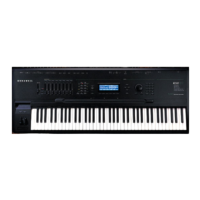
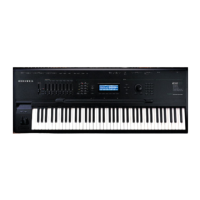
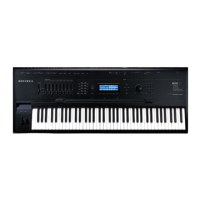
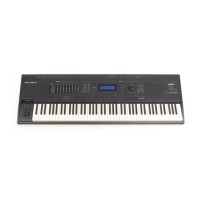
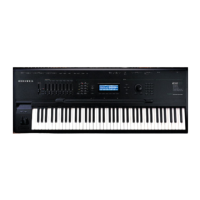
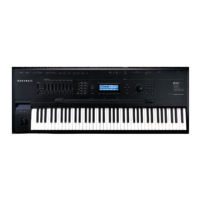

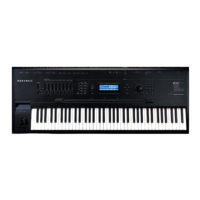
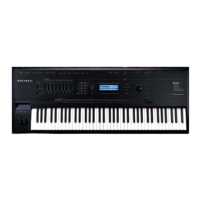
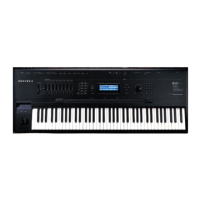
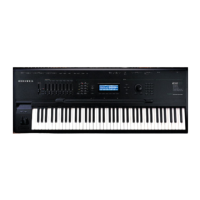
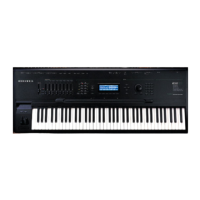
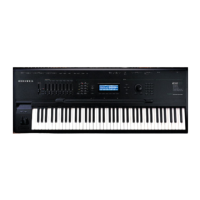
